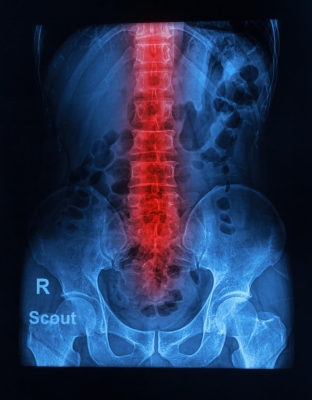A revolutionary way of making stem cells claimed last year by Japanese and US researchers never existed in the first place. That is the conclusion of two papers1, 2 published on 23 September inNature — the same journal that published the original, ill-fated papers early last year. Multiple labs conclude that the seemingly miraculous results originated from contamination with ordinary stem cells.
For the full article: “Failed replications put STAP stem-cell claims to rest”
Additional reading:
“Failure to replicate the STAP cell phenomenon”
“STAP cells are derived from ES cells”
Image source: http://www.nature.com/news/stap-1.15332





